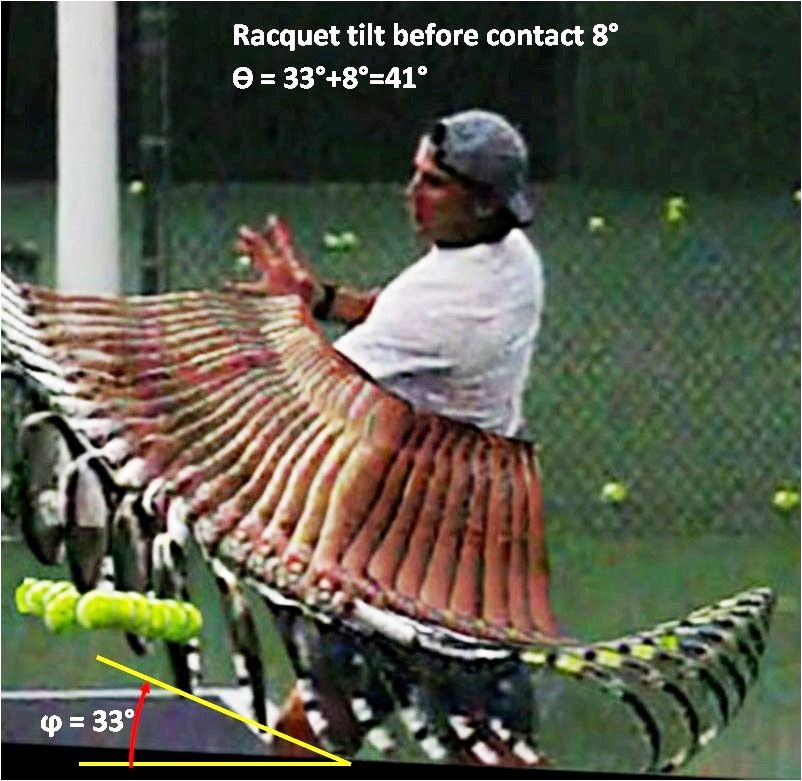So it's basically like what i said before...:-|.
The pronation and stuff which you do intentionally is more advanced stuff, you wouldn't want to tell beginners to do all that too early. In the beginning it should happen naturally and develop the feel for it.
The wrist releasing forward however should be naturally depending on your swing. If you try to force that and snap the wrist forward, you'll get inconsistencies with your stroke.
So at the end of it all what FYB says was correct. Wrist should be layed back at contact, the wrist use should be unintentional until you get to higher levels of play where you've pretty much learned to use everything else and understand how to use the wrist correctly. It's like the icing on the cake.
The pronation and stuff which you do intentionally is more advanced stuff, you wouldn't want to tell beginners to do all that too early. In the beginning it should happen naturally and develop the feel for it.
The wrist releasing forward however should be naturally depending on your swing. If you try to force that and snap the wrist forward, you'll get inconsistencies with your stroke.
So at the end of it all what FYB says was correct. Wrist should be layed back at contact, the wrist use should be unintentional until you get to higher levels of play where you've pretty much learned to use everything else and understand how to use the wrist correctly. It's like the icing on the cake.


